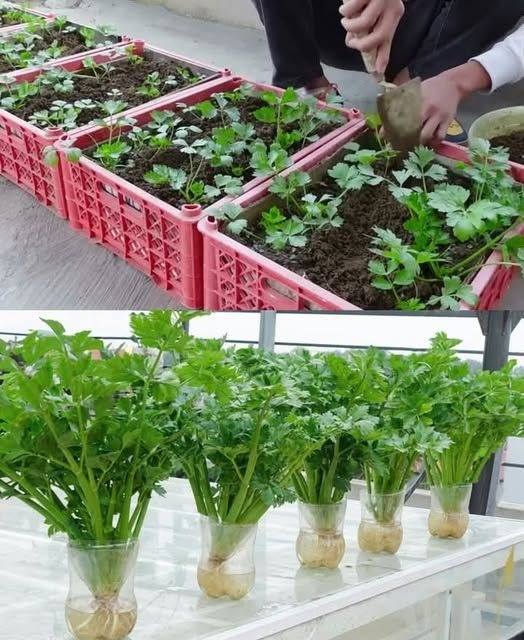ADVERTISEMENT
Recycling Plastic Containers: A Step Towards Sustainability
In today’s world, where environmental consciousness is becoming more and more critical, recycling plastic containers has become one of the easiest and most effective ways to reduce waste and contribute to sustainability. Every day, millions of plastic containers, from food packaging to household products, end up in landfills, contributing to pollution and harming ecosystems. However, with a few simple steps, you can ensure that these plastic containers are reused, recycled, and repurposed, helping you reduce your environmental footprint and promote a circular economy.
Why Recycling Plastic Containers is Important
Plastic containers are an integral part of our everyday lives. From bottles and jars to tubs and trays, they serve as convenient storage solutions for food, drinks, and other products. But once these containers have served their purpose, many are disposed of improperly, ending up in landfills or as litter in our oceans. Here are several reasons why recycling plastic containers is essential:
- Reduces Landfill Waste: Plastic takes hundreds of years to break down in landfills. Recycling helps divert plastic waste from these sites, keeping our landfills less cluttered and reducing pollution.
- Conserves Resources: Recycling plastic helps conserve natural resources like oil and gas, which are used in the production of new plastic items. It also reduces energy consumption, as producing new plastic from raw materials is far more resource-intensive than recycling old plastic.
- Prevents Ocean Pollution: A significant portion of plastic waste ends up in the oceans, harming marine life and disrupting ecosystems. Recycling reduces the amount of plastic entering waterways and the ocean.
- Supports the Circular Economy: Recycling creates a circular economy where materials are reused and repurposed, reducing the need for raw materials and helping create sustainable products.
Types of Plastic Containers That Can Be Recycled
Not all plastic containers are created equal, and the recyclability of a plastic container can vary based on the type of plastic used. Understanding which types of plastic are recyclable is crucial to effective waste management.
- PET (Polyethylene Terephthalate): Commonly found in soft drink bottles, juice bottles, and food containers, PET is one of the most widely recycled plastics. It can be converted into new containers, fabrics, and even carpeting.
- HDPE (High-Density Polyethylene): This plastic is used for milk jugs, detergent bottles, and some food containers. HDPE is highly recyclable and can be transformed into new bottles or products like piping, cutting boards, and recycling bins.
- PVC (Polyvinyl Chloride): PVC is often used for clear food containers, plastic wraps, and pipes. However, it is harder to recycle and is generally not accepted by curbside recycling programs.
- LDPE (Low-Density Polyethylene): Used in some food wraps, shopping bags, and containers, LDPE is less commonly recycled but can still be repurposed into things like new bags or products made from recycled plastic.
- PP (Polypropylene): Found in yogurt containers, straws, and some food packaging, PP is recyclable in some areas, though it may require specialized facilities for processing.
- PS (Polystyrene): Often used for disposable plates, cups, and take-out containers, PS is difficult to recycle and is best avoided when possible due to its environmental impact.
- Other (Various Plastics): This category includes a variety of mixed plastics, such as those used in some multi-layer containers or plastic cups. Recycling for this category depends on the specific facility.
